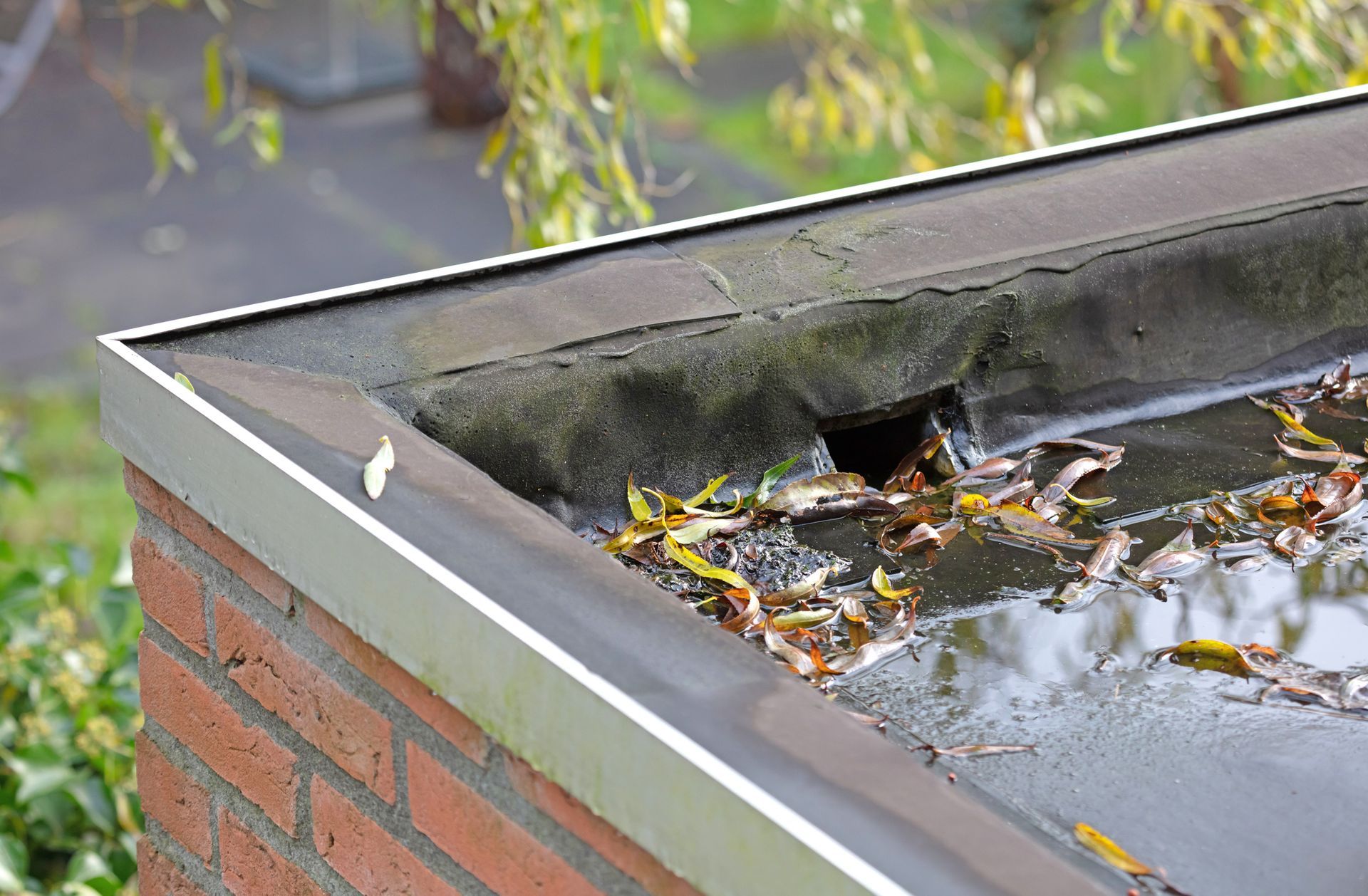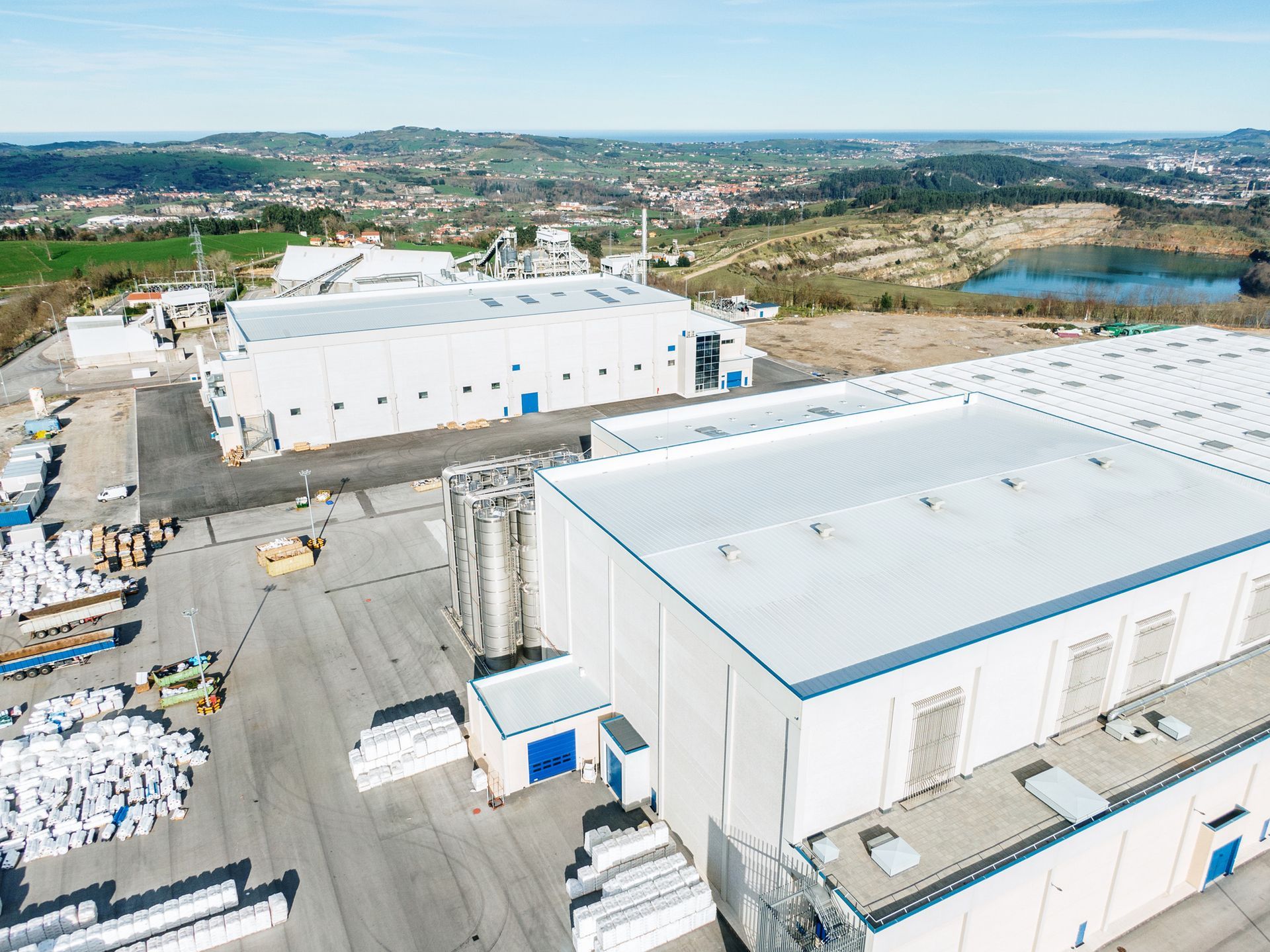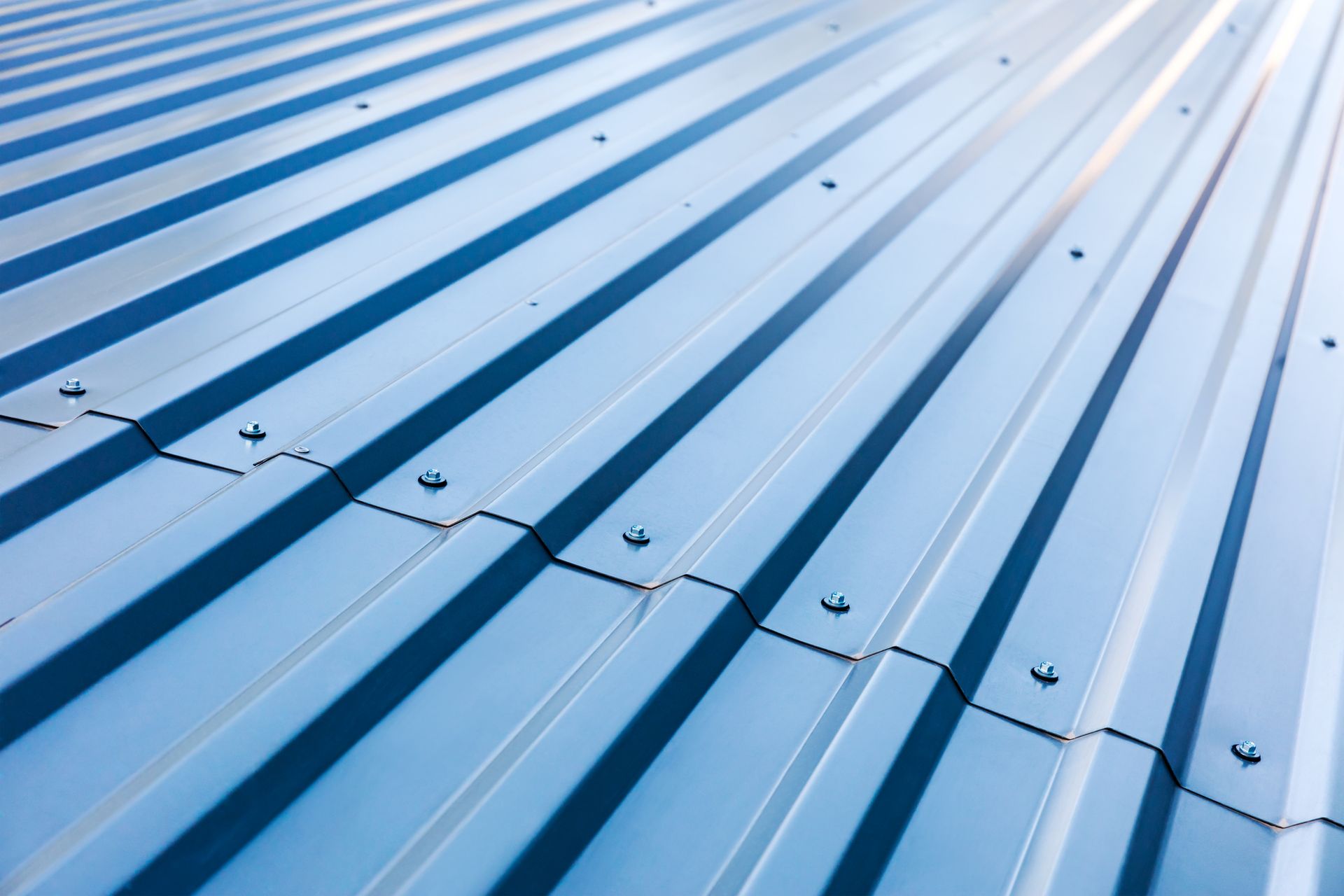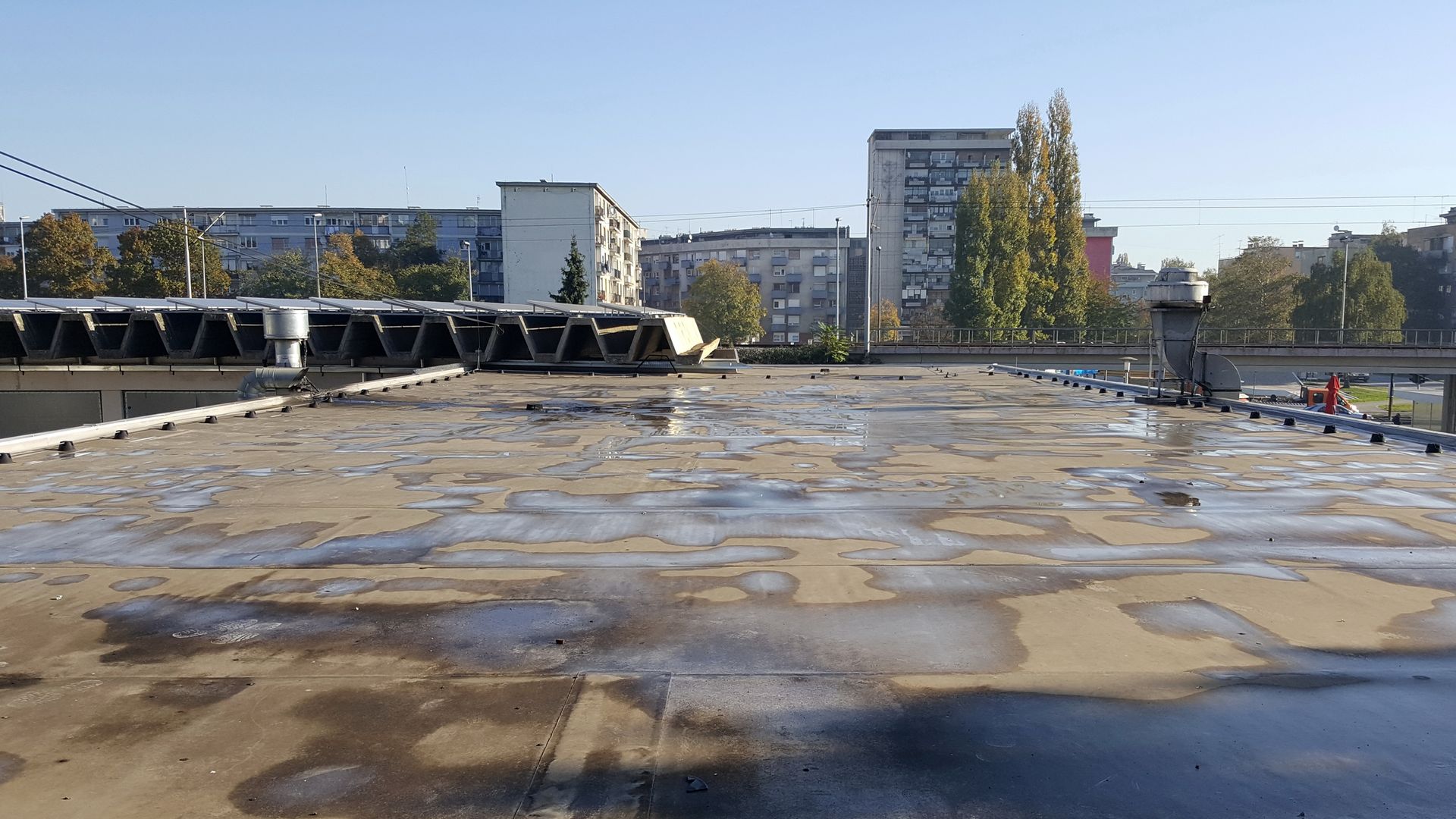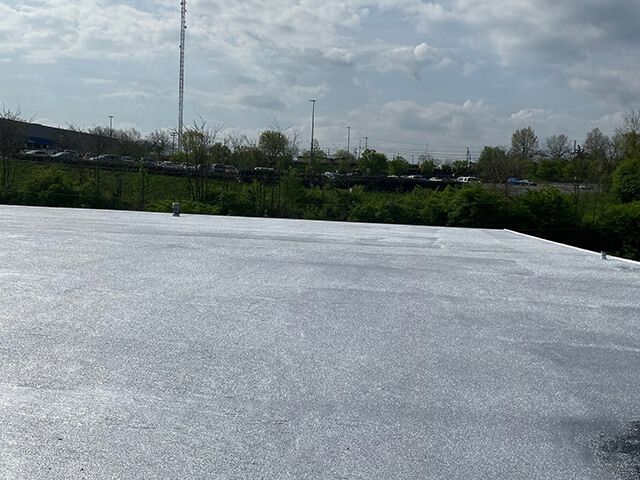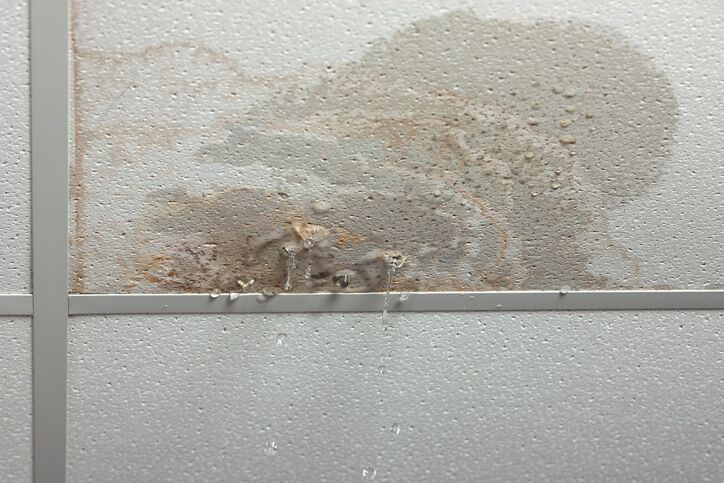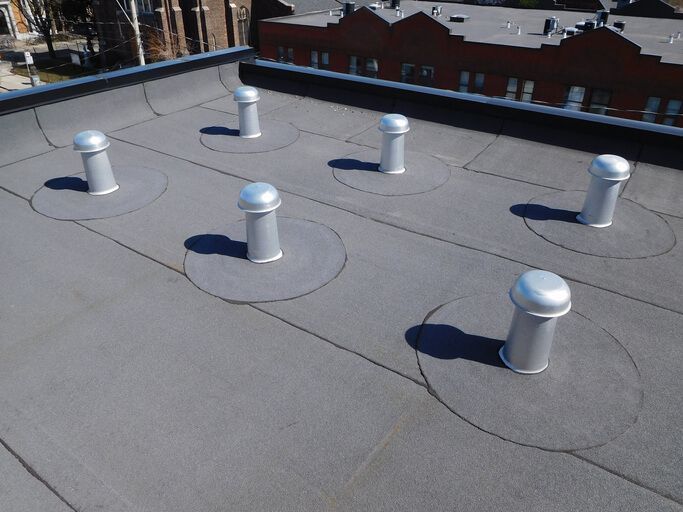The Future is Here: Monolithic Roofing Systems Explained
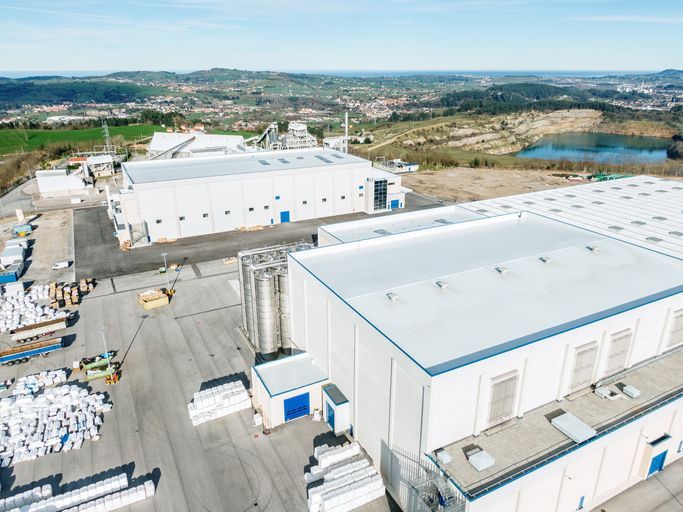
In the sprawling canvas of real estate, there is a pivotal layer that often goes unnoticed until it fails — the humble yet indispensable roof. It’s the silent guardian that shields our commercial spaces from the elements, and in the realm of the roofing industry, innovation is the torchbearer of reliability and longevity.
Among the latest breakthroughs, monolithic roofing systems stand as a testament to this relentless quest for better roofing solutions, especially suited for commercial properties.
In this comprehensive guide, we will explore the marvel of monolithic roofing — demystifying cutting-edge technology that is currently reshaping the commercial roofing landscape. Join us as we unravel the intricacies of monolithic roofing, understand its historical roots, highlight its unparalleled benefits, dissect its applications, and provide strategic insights for your next commercial roofing project.
Defining Monolithic Roofing Systems
Before we plunge into the different variables of monolithic roofing, it’s essential to comprehend this one-of-a-kind system. Monolithic roofing stands in contrast to traditional roofing systems, primarily because it is applied as a single, seamless layer over the entire roof area.
A Historical Glimpse
The inception of monolithic roofing can be traced back to the early utilization of bitumen, a naturally occurring substance, as a waterproofing agent. Over time, advancements in material science and formulations of polymers transfigured the efficacy of these earlier sealants, culminating in the birth of contemporary monolithic roofing systems.
Key Technological Advances
Various scientific and practical underpinnings have propelled the shift from multi-layered to monolithic systems. Innovations in polymer chemistry, the evolution of elastomeric membrane formulations, and the development of single-component waterproofing coatings have merged to create monolithic roofs' cohesive and integral nature.
Material Composition and Installation
Monolithic roofing systems are predominantly crafted from materials with exceptional elastic properties, which enable them to expand and contract without compromising their integrity. The installation process is meticulous, requiring a thorough understanding of surface preparation, appropriate material application, and skilled craftsmanship to ensure a watertight finish.
Unique Characteristics
The seamless nature of monolithic roofing is its crowning glory — with no seams, joints, or fasteners, the risk of water ingress is significantly mitigated. Furthermore, the inherent flexibility of these systems enables them to endure the structural movements of the building while maintaining their protective role, thus reducing roof maintenance.
Advantages of Monolithic Roofing Systems
The commercial sector demands long-lasting solutions that provide true value for investments. Monolithic roofing systems do exactly that by offering a suite of advantages not commonly found in traditional roofing methods.
Durability and Longevity
The single-application approach and the robust nature of monolithic roof materials result in durable roofing that can outlast many conventional roofs by decades. The ability to withstand cyclic movement, impacts, and harsh climatic conditions ensures an extended service life with minimal maintenance requirements.
Energy Efficiency and Insulation
Monolithic roofs have evolved beyond mere waterproofing to serve as effective thermal barriers. Many modern formulations incorporate reflective and emissive properties, which can drastically reduce energy consumption by minimizing the heat absorbed by the roof and, subsequently, the facility beneath.
Resistance to the Elements
The adverse effects of weather and chemical exposure can degrade the efficacy of conventional roofs over time. With their seamless resilience, Monolithic systems demonstrate a heightened resistance to such deteriorating factors, ensuring steadfast integrity even in the harshest of environments.
Applications of Monolithic Roofing
The versatility of monolithic roofing endows it with a wide range of applications across diverse commercial sectors. From retail spaces to industrial complexes, there is seldom an architectural niche where the benefits of monolithic roofing cannot be enunciated.
Niche Industrial Fit
Industries with structures with irregular roof geometries or those that host complex mechanical systems often find monolithic roofing to be the perfect match. Its customizability and design flexibility make it inherently suited for these challenging environments.
Installation and Maintenance
While the installation process of monolithic roofs is one of precision and expertise, the maintenance is surprisingly simpler — a stark departure from the labor-intensive schedules of traditional roofing upkeep.
Precision in Installation
The installation of a monolithic roof is akin to the crafting of a bespoke piece of armor for a building. The material is applied uniformly and systematically, ensuring a monolithically seamless finish that is both functional and aesthetically pleasing.
Minimalist Maintenance
Routine maintenance for monolithic roofs involves basic inspections for debris and contaminations and periodic cleaning. Complex maintenance activities that conventionally signify roof ablations and costly repairs are significantly reduced, translating to a lower total cost of ownership.
The proposition of monolithic roofing is not merely a chapter in the evolving narrative of the roofing industry. It is the dawn of a new era — an era where technological advancements and material science converge to offer measurable enhancements in the commercial real estate domain.
As a commercial property owner, the choice of your roofing system is critical, for it dictates not only the present but the long-term future of your investment. The adoption of monolithic roofing systems presents a lucid pathway toward sustainability, resilience, and efficiency.
Work with ACR1 Commercial Roofing Today!
The trajectory of commercial roofing trends is indicative — it leans towards innovation and composite performance. Monolithic roofing epitomizes this future, ensuring that your edifice stands not just tall but resilient against the tests of time and environment. It's time to look upwards and onward toward the seamless horizons of a monolithic roofing solution.
At ACR1 Commercial Roofing, we are committed to providing our clients with top-tier commercial roofing services. Our team of experts has extensive experience in installing and maintaining monolithic roofing systems, and we guarantee professional and reliable service every time.
For professional advice and services in commercial monolithic roofing, reach out to our experts. Together, we can architect a future for your commercial premises that is secure, sustainable, and enduring.
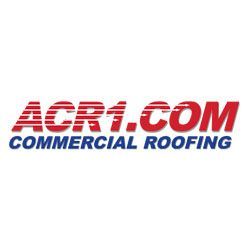
Author:
Floyd Mason
Born and raised in farming in Iowa
Worked in and around construction since 1977
BS in Corporate Finance and Financial & Estate Planning from Brigham Young University. Involved in Boy Scouts of America for more than 35 years, Scoutmaster 15 years Estimator, Project Manager, Sales Representative, Crew Leader, Laborer, Territory Manager, District Manager, Regional Manager, National Sales Manager,
ACR1.COM Sales & Marketing Manager since 2013.
